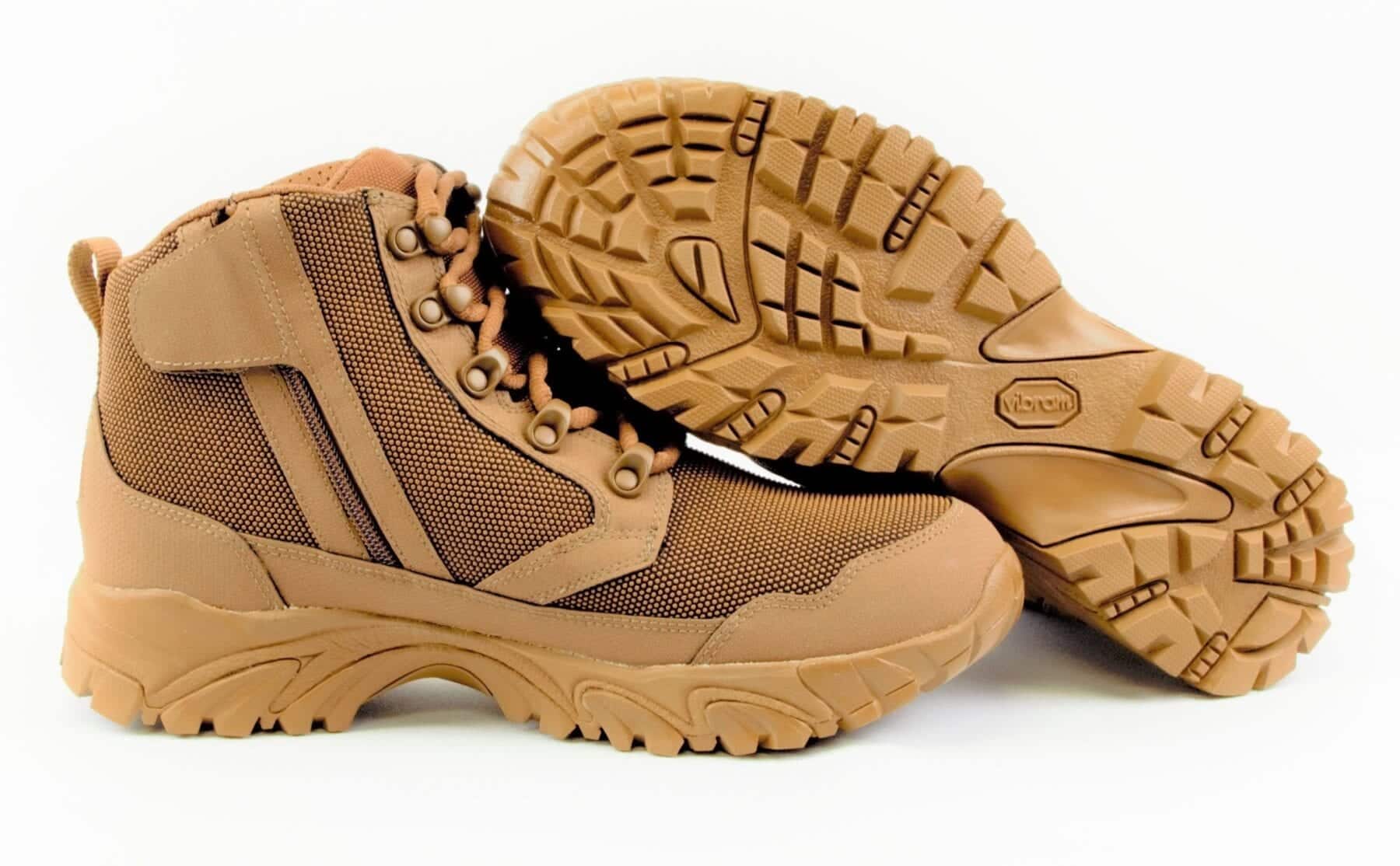
What you wear on your feet as you hike has a great effect on how comfortable and safe you are. Quality hiking boots will take you through all types of terrain, rain or shine. You barely even notice them because they become a natural part of your body, giving you more space to savor the natural beauty you’re exploring. Unfortunately, nothing truly last forever, and it’s likely that your boots will need to be retired after a while. How do you know when their life is drawing to an end, though? The answer is to check for some universal signs you need to replace your hiking boots.
If you’ve had your boots for a long time, you can periodically give them a visual inspection to see if they are worn down beyond a useable state. Some areas of note include the outsole (bottom part of the sole with the tread), lace eyelets, and leather/fabric components of the main body or upper.
All these parts are crucial to the boot’s performance. A worn outsole will no longer provide much traction because the lugs have become smooth. Broken eyelets will prevent you from securing the boots on your feet. Leather or fabric that has holes in it can let it in dirt, debris, and water.
Most hiking boots are designed to be waterproof so that the wearer can move through wet areas and precipitation without an issue. Old boots may have their surface damaged in some way that allows water inside though. This compromises their safety since prolonged exposure to water coupled with the friction of hiking can do serious damage to the skin of your feet.
Leaking could occur by means of the aforementioned holes in the upper created by tears and cracks or small openings that have formed in the sole, or near loose stitching. Often, these entry points can be difficult to spot. However, if water keeps ending up in your boots when you hike despite your efforts to apply waterproofing substances to the surface, they should be replaced.
Another sign that you may check for is a flattened midsole cushion. Hiking boots usually have a degree of springiness to add to their shock absorption, support, and softer foot feel. This comes primarily from the midsole, which is the part of the sole above the bottom treads and below the area where your foot sits. You can see the midsole from a side view of the boot.
Over time, the weight that the midsole bears as it is used can compress it to a point where it is much harder than before. At that point, it no longer provides the benefits it once did, and you should consider replacing the boots. To figure out whether your midsole has become too hard, press on the bottom of the boot and look for compression lines on the midsole. If there is no give to the sole and the compression lines are deep and close together, the midsole is worn.
For footwear that you can trust to support you while hiking, contact ALTAI™. We have waterproof combat boots that are built to stand up to whatever rough conditions you find yourself in. From the soles to the uppers to the laces, every detail of our boots has been crafted to ensure your comfort and safety.
You Might Be Interested In...
